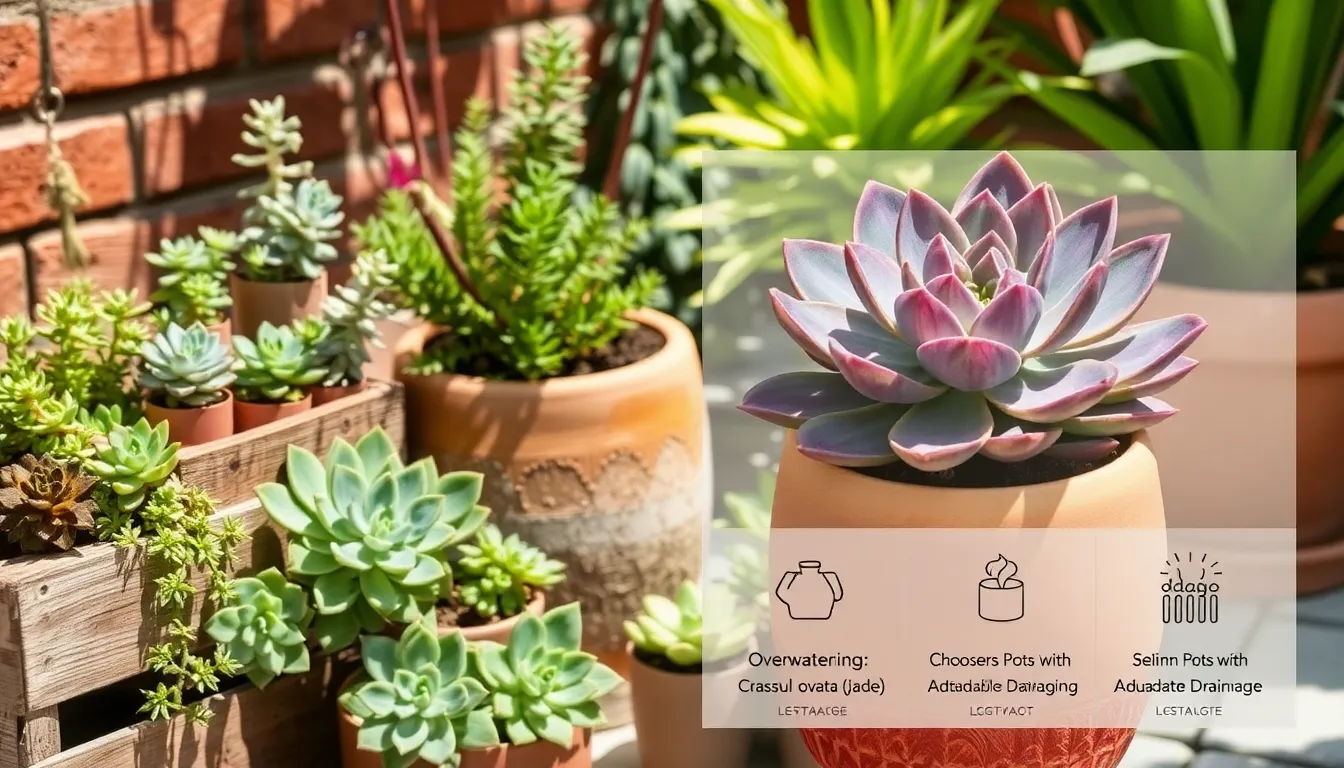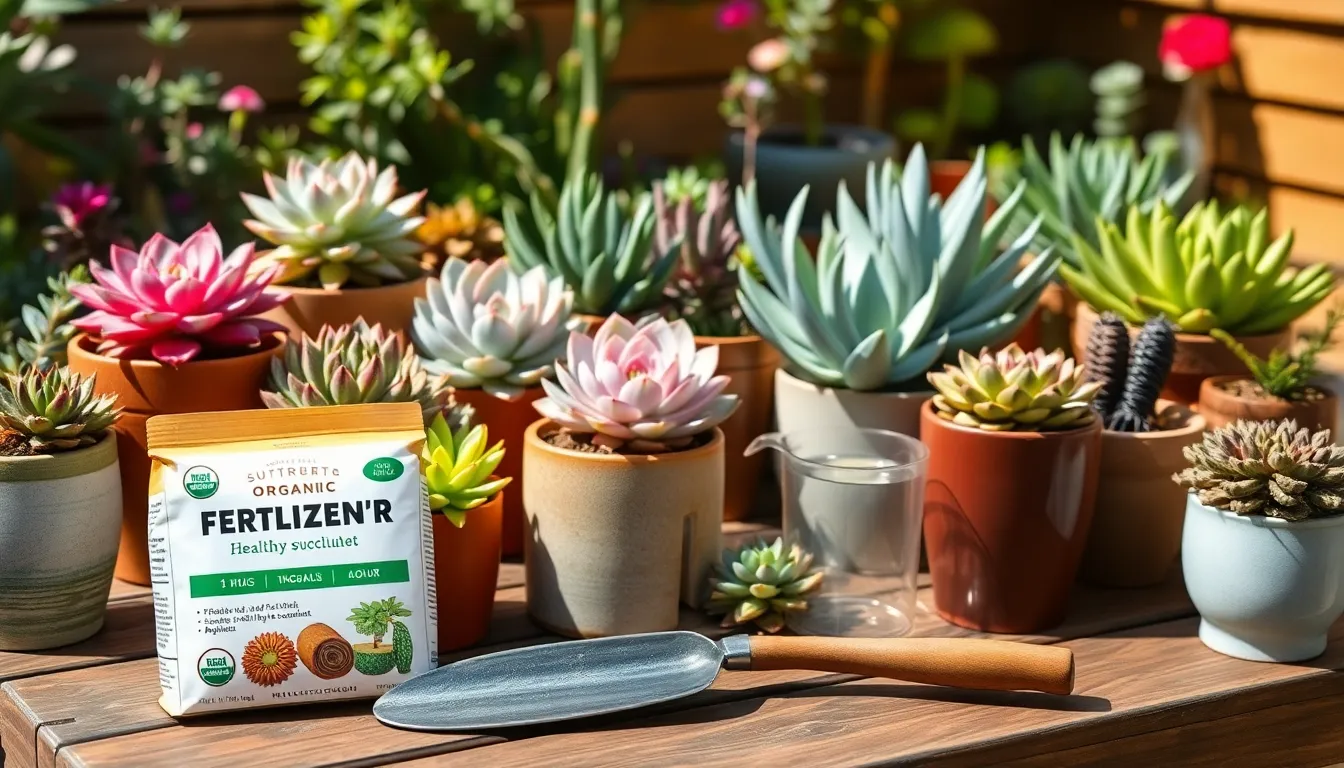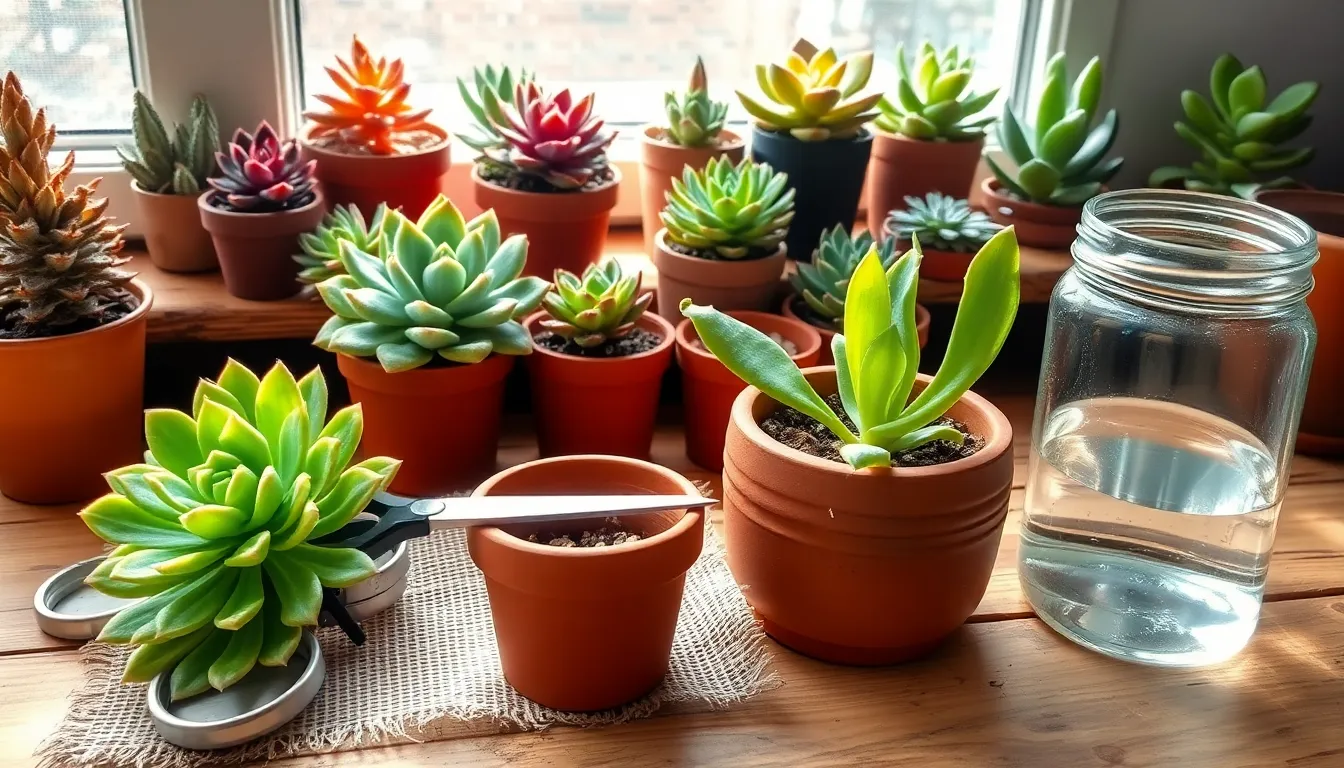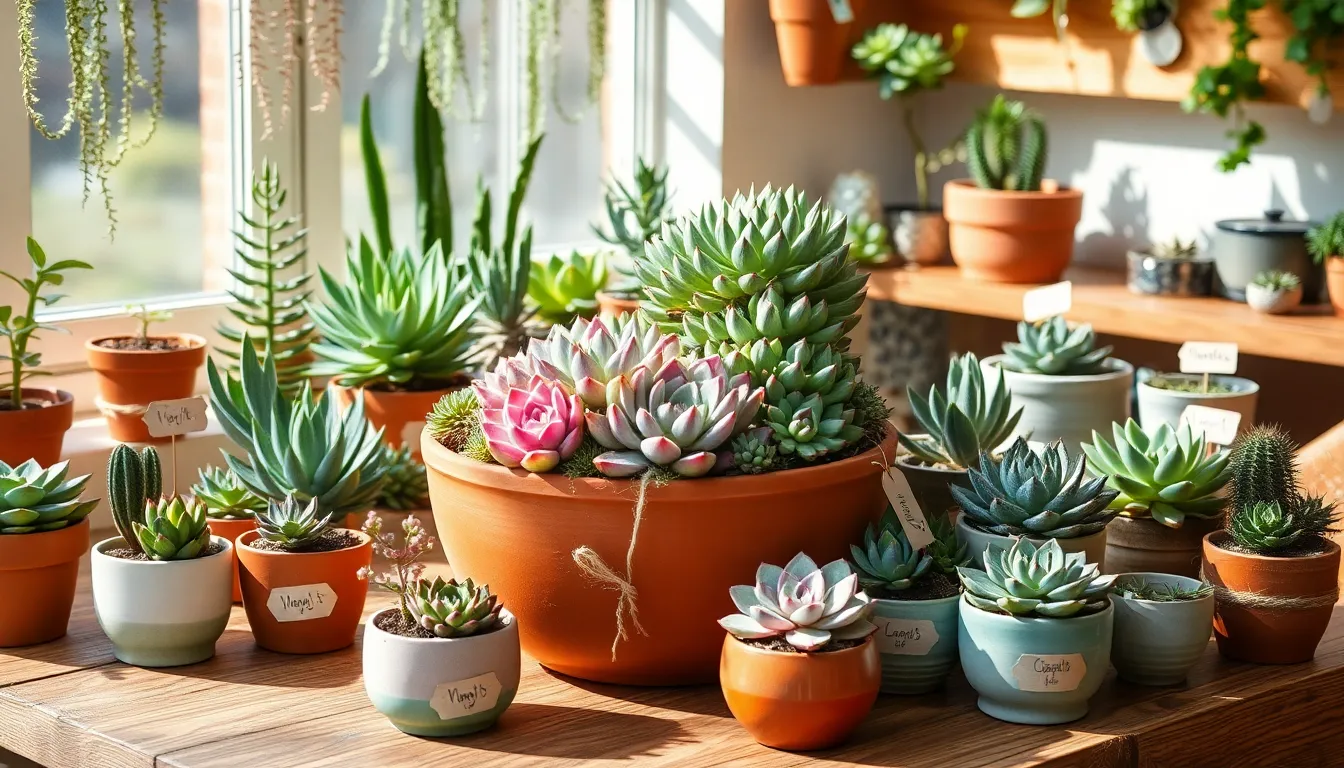Succulents have captured the hearts of gardeners everywhere with their charming appearance and low-maintenance appeal. Yet, despite their reputation for being easy to care for, these resilient plants often fall victim to common care mistakes that can lead to droopy leaves and stunted growth. Whether you’re just beginning your succulent journey or have been nurturing these delightful plants for years, understanding these pitfalls is crucial for keeping your collection thriving.
In this article, we’ll delve into the five most common mistakes succulent enthusiasts make and provide practical tips to steer clear of them. From proper watering techniques to understanding their sunlight needs, we’ll equip you with the knowledge to create the perfect environment for your succulents. Let’s embark on this journey to enhance your green thumb and ensure your succulents remain the vibrant, robust stars of your garden.
Select Appropriate Succulent Species
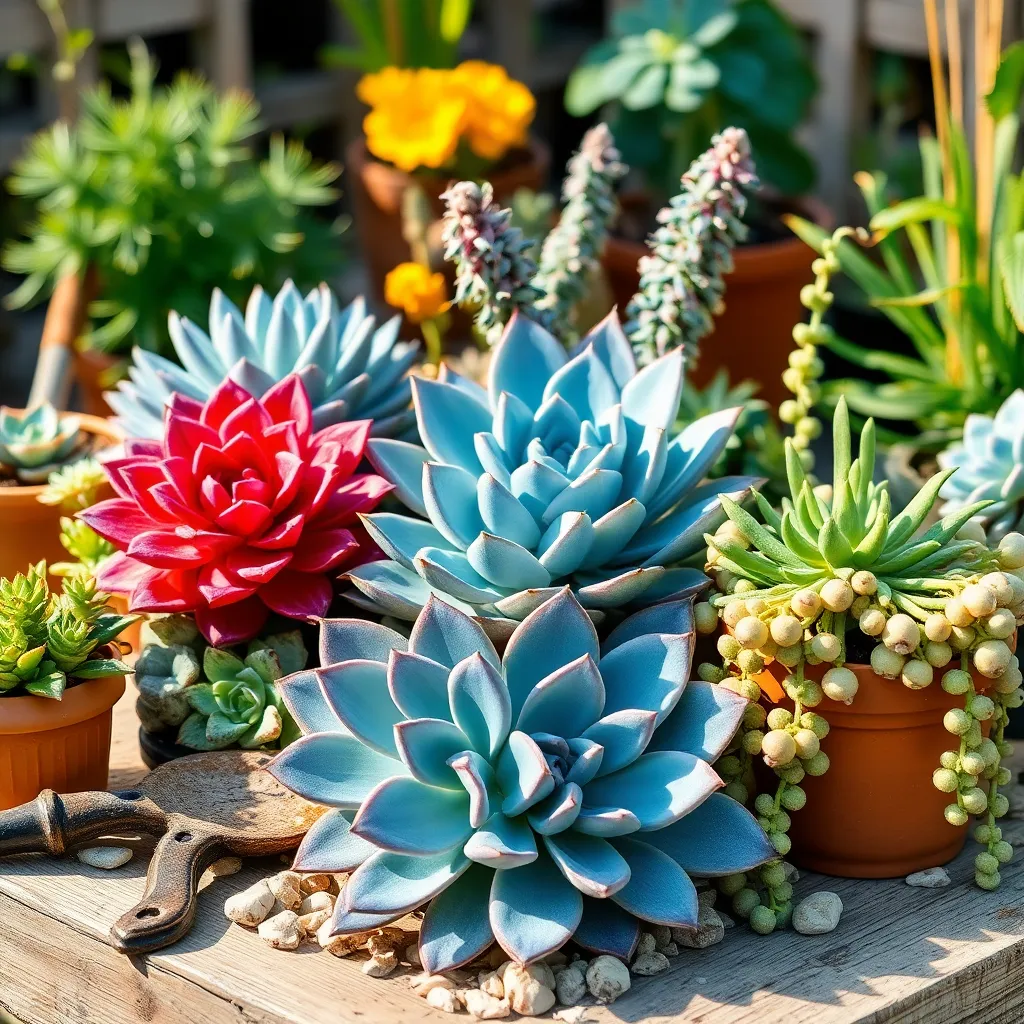
Choosing the right succulent species for your environment is crucial to ensure their success. Consider your local climate—opt for drought-tolerant species like Echeveria or Sedum if you live in a dry area, while succulents like Crassula might thrive better in humid regions.
Pay attention to the light conditions in your home or garden. Most succulents need bright, indirect sunlight, but some, such as Haworthia, can adapt to lower light levels, making them ideal for indoor settings.
Soil is another critical factor when selecting succulents. Use a well-draining soil mix, such as a cactus mix, or create your own by combining regular potting soil with sand or perlite to avoid root rot.
For more advanced care, consider the specific water needs of each species. While succulents generally prefer to dry out between waterings, some, like Lithops, require even less frequent watering, especially during their dormant period.
Ensure Proper Soil Drainage
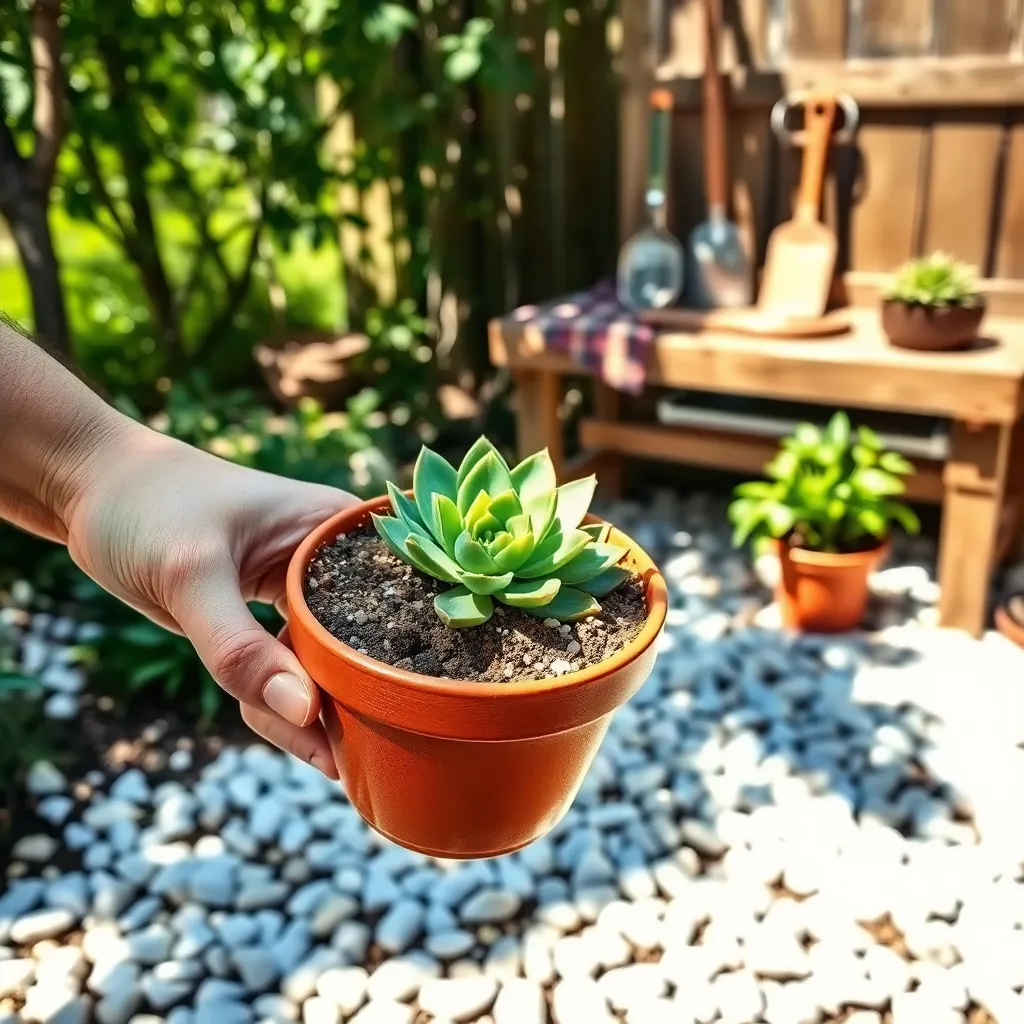
Proper soil drainage is crucial for the health of your succulents, as it prevents root rot and other moisture-related issues. Start by choosing a well-draining soil mix, such as a combination of cactus soil and perlite, to ensure excess water can easily escape.
When planting succulents, make sure to use pots with drainage holes to allow water to flow out freely. If you’re using decorative pots without holes, consider double potting: place your succulent in a smaller pot with drainage and then put it inside the decorative pot.
It’s also important to monitor watering frequency to maintain optimal soil moisture levels. Generally, a good rule of thumb is to water succulents only when the top inch of soil feels completely dry to the touch.
For those living in humid environments, you may need to adjust your soil mixture to include more gritty materials like coarse sand or pumice. This helps keep the soil aerated and prevents it from retaining too much moisture.
Manage Watering Frequency Carefully
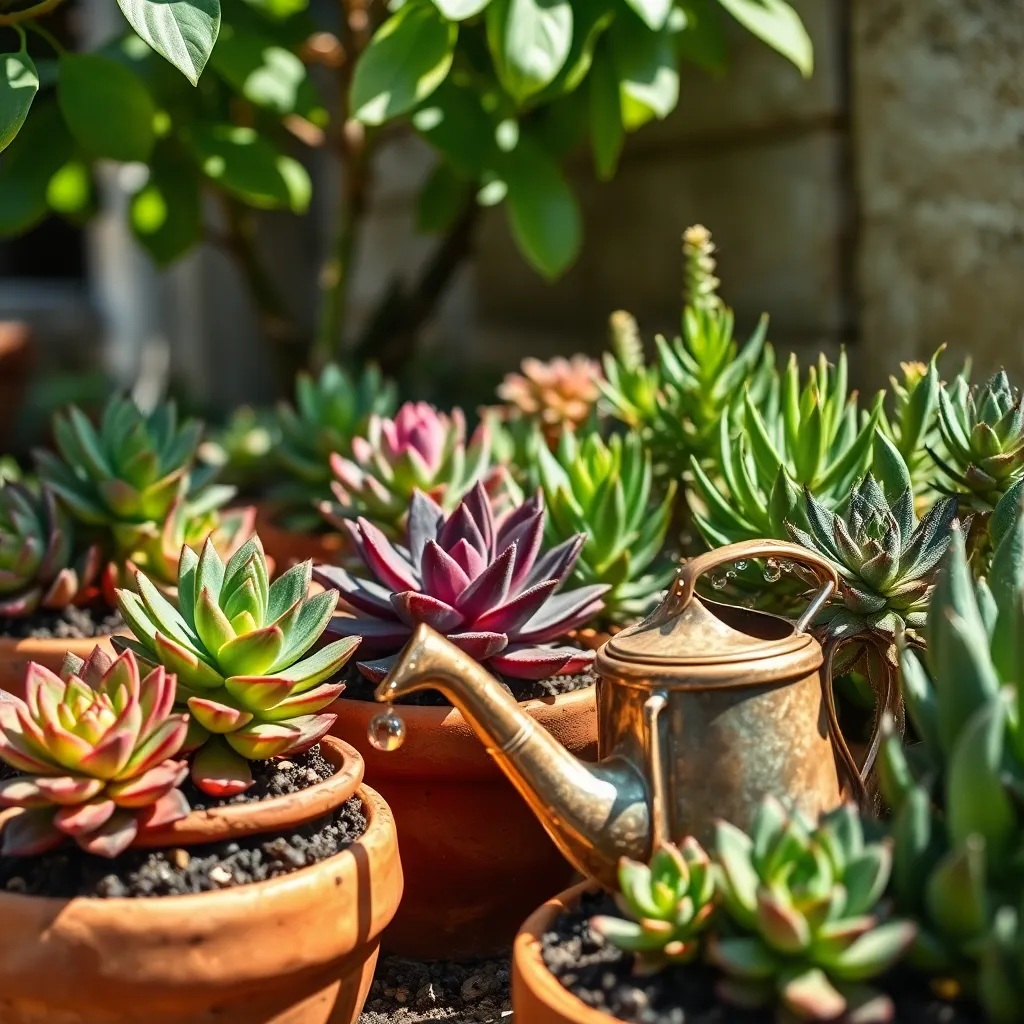
Understanding the proper watering frequency is crucial for the health of your succulents. These plants thrive on a “less is more” approach, making it important to allow the soil to dry out completely between waterings.
It’s advisable to check the moisture level by sticking your finger about an inch into the soil. If it’s dry, it’s time to water; if not, wait a few more days to ensure the roots don’t sit in water, which can lead to rot.
During their active growth period in spring and summer, succulents may require watering once every one to two weeks. In contrast, during their dormant phase in fall and winter, watering can be reduced to once a month or even less.
For more advanced care, consider the type of succulent you have, as some varieties like Haworthias and Aloes might prefer a bit more moisture. Investing in a moisture meter can help you determine the exact needs of different species, ensuring precise care.
Provide Adequate Sunlight Exposure
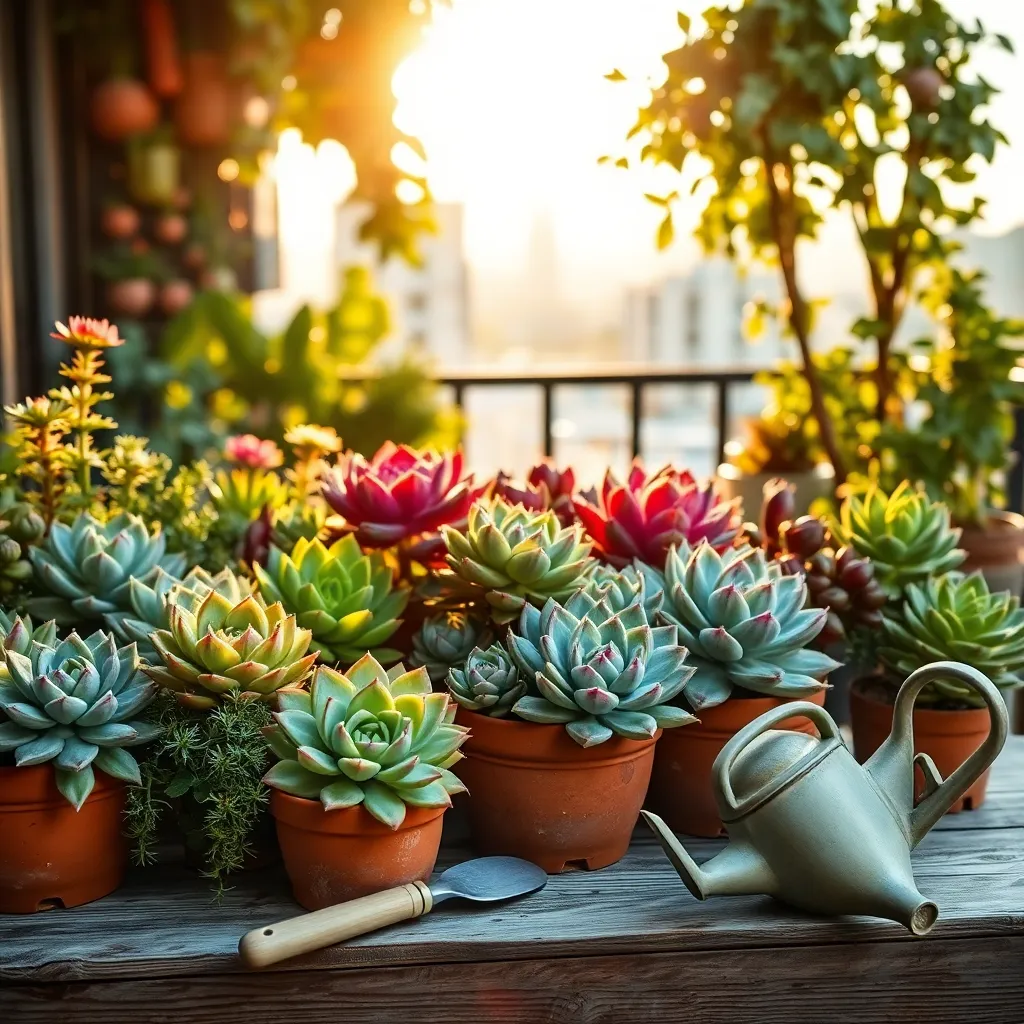
Succulents thrive when they receive the right amount of sunlight, which is crucial for their growth and health. Most succulents prefer bright, indirect sunlight for about six hours per day, making a south or east-facing window ideal for indoor plants.
Direct sunlight can be too intense, especially in hot climates, leading to sunburn on the leaves. To avoid this, gradually acclimate your succulents to brighter light conditions by increasing exposure time over several days.
For those living in regions with limited natural light, consider using grow lights to supplement sunlight. LED grow lights are energy-efficient and can provide the full spectrum of light that succulents need, ensuring they get the necessary exposure even in darker months.
Remember to rotate your succulents regularly to ensure all sides receive equal light exposure, promoting even growth. This small habit helps prevent the plant from leaning towards the light source and maintains a balanced shape.
Advanced gardeners can experiment with light levels to encourage specific growth characteristics, such as compactness or vibrant colors. Adjusting the intensity and duration of light exposure can lead to a variety of results, allowing you to customize the appearance of your succulent collection.
Prevent Pest and Disease Issues
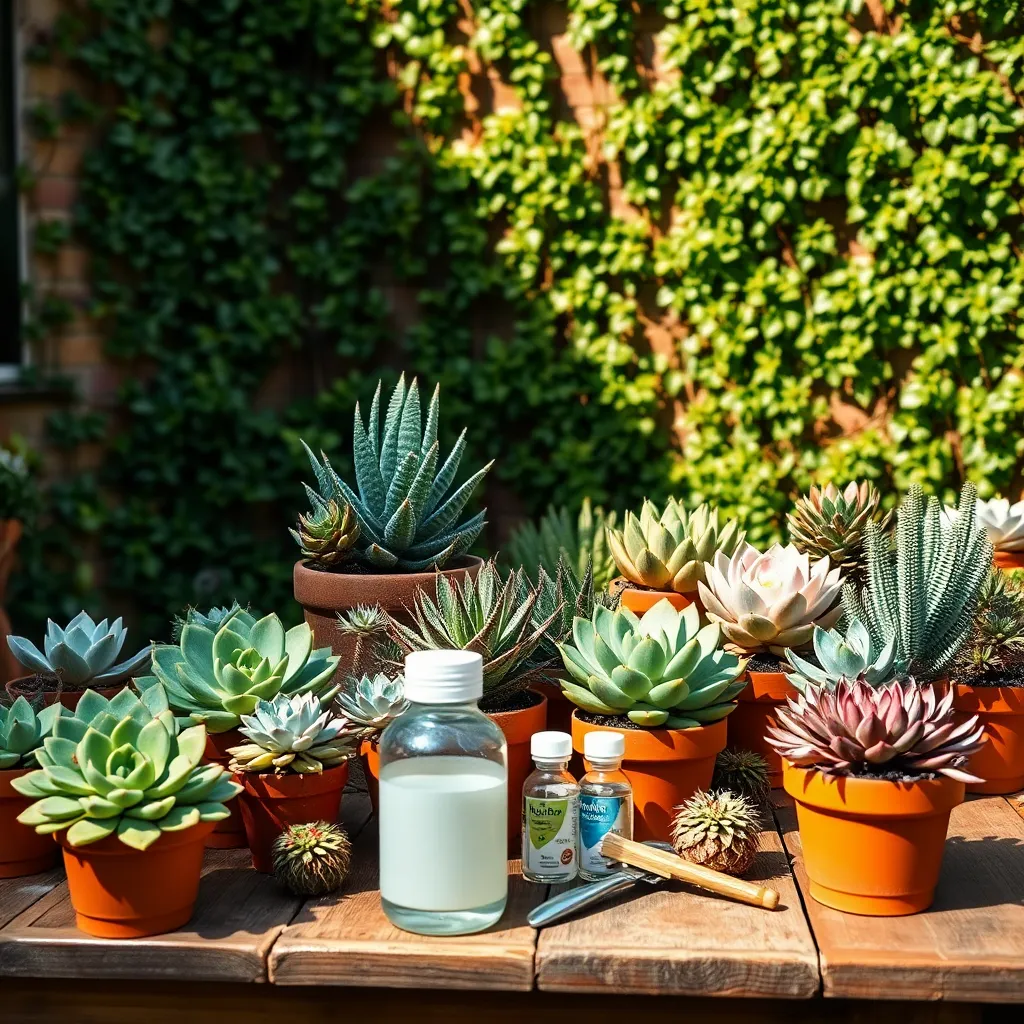
To prevent pest and disease issues in succulents, it’s crucial to start with a well-draining soil mix. Using a blend of cactus soil and perlite can help ensure that excess moisture doesn’t linger, which can attract pests like fungus gnats.
Regularly inspecting your succulents is key to catching problems early. Check the leaves and stems for signs of pests, such as mealybugs or aphids, and act quickly if any are found.
Neem oil is an effective natural pesticide that you can use to treat most common succulent pests. Simply spray it on affected areas once a week until the pests are gone, making sure to follow the product instructions carefully.
For disease prevention, ensure that your succulents are not overcrowded, which can lead to poor air circulation and fungal issues. Space them apart to allow air to flow freely, reducing the risk of problems like powdery mildew.
- Water your succulents in the morning to allow any moisture on the leaves to dry throughout the day.
- Remove any dead or decaying plant material promptly to prevent diseases from spreading.
Finally, consider using a systemic pesticide for more persistent pest issues. These products are absorbed by the plant and can offer longer-lasting protection against pests that are hard to eradicate.
Conclusion: Growing Success with These Plants
In nurturing both succulents and relationships, it’s crucial to avoid common pitfalls. We explored five key mistakes: overwatering, neglecting sunlight, choosing the wrong soil, improper pot selection, and ignoring pests. These missteps can stifle growth and vitality, yet with understanding and care, they can be easily corrected. Just as succulents thrive with the right balance of elements, so too do relationships flourish with attention and intention.
As an actionable next step, take a moment today to assess one area where your relationship might need a little more “sunlight” or “watering.” Is there a conversation that needs to happen, or perhaps a small gesture of appreciation that could make a difference?
Remember, success in relationships is cultivated through mindful efforts and continuous learning. Bookmark this article as a handy reference to return to whenever you need a gentle reminder or guidance. By keeping these insights close, you’re not only enhancing your current connection but also setting the stage for future relationship success.
With each step you take, you’re investing in a more vibrant and lasting bond. Here’s to growing your relationship garden with love and care!

